Sometimes tension builds quietly, racing thoughts, a tight chest, and that familiar sense of being on edge.
Whether it happens before an important meeting, while stuck in traffic, or after a long day of juggling responsibilities, stress often sneaks up without warning. What many people don’t realize is that the most accessible and reliable way to find calm is literally right under their nose — their breath.
Learning a few breathing exercises for calm can make an enormous difference in how your body and mind respond to stress. These practices don’t require special equipment, yoga mats, or hours of meditation. Just a few minutes of focused breathing can help reduce anxiety, lower your heart rate, and bring a sense of clarity back to your thoughts.
This complete guide will introduce three easy, proven breathing techniques — each with simple step-by-step instructions, gentle variations, and guidance on when to use them. You’ll also understand what’s happening in your body when you breathe deeply, how to create the right environment for relaxation, and how to make these exercises part of your daily rhythm.
Why Breathing Matters for Calm
Breathing seems automatic, but how we breathe affects nearly every system in the body. Shallow, rapid breathing signals the nervous system that we’re under threat, while slow, steady breaths send the opposite message: “You’re safe now.”
The Science Behind Calm Breathing
-
Activates the Parasympathetic Nervous System: Slow breathing stimulates the vagus nerve, which lowers blood pressure and heart rate.
-
Balances Oxygen and Carbon Dioxide: Proper breathing stabilizes oxygen flow and prevents dizziness or shortness of breath.
-
Improves Focus: Controlled breathing increases oxygen supply to the brain, improving clarity and decision-making.
-
Reduces Muscle Tension: A relaxed breath naturally releases tightness in shoulders, neck, and jaw.
-
Regulates Emotions: Conscious breathing interrupts racing thoughts and helps ground you in the present moment.
When practiced regularly, these techniques don’t just calm you temporarily — they retrain your nervous system to respond more gracefully to stress.
Preparing for Your Breathing Practice
Before diving into the techniques, it’s important to create the right setting. Calm breathing isn’t about perfection but about awareness.
Setting the Scene
-
Find a Quiet Spot: Choose a place where you won’t be disturbed for a few minutes.
-
Sit Comfortably: Keep your spine upright but not rigid. You can sit on a chair, floor cushion, or even lie down.
-
Loosen Tight Clothing: Relax anything around your waist, chest, or neck.
-
Close or Soften Your Eyes: This minimizes distractions and helps you focus inward.
-
Notice Your Natural Breath: Before changing anything, simply observe your breathing — its pace, depth, and rhythm.
This moment of stillness before you begin helps signal to your mind that you’re shifting gears toward calm.
Technique 1: Box Breathing — The Four-Part Rhythm
Best for: quick stress relief, resetting focus, calming nerves before meetings or events.
Box breathing, also known as four-square breathing, is one of the simplest yet most powerful techniques for restoring balance. It involves equal lengths of inhaling, holding, exhaling, and pausing. Used by athletes, public speakers, and even first responders, this method helps regulate your nervous system in just a few cycles.
Step-by-Step Guide
-
Inhale gently through your nose for four counts. Feel your abdomen expand slightly.
-
Hold your breath for four counts. Avoid straining; just pause calmly.
-
Exhale slowly through your mouth for four counts. Let the air leave naturally.
-
Pause again for four counts before the next inhale.
That’s one cycle. Repeat four to six times or for about one to two minutes.
Helpful Tips
-
Visualize drawing the sides of a square with each step — up for inhale, across for hold, down for exhale, and across again for the pause.
-
Keep your shoulders relaxed.
-
If four counts feel too long, start with three and gradually increase.
When to Use It
-
Before a presentation or difficult conversation.
-
During travel or busy workdays.
-
Anytime you need a mental reset.
With regular use, box breathing becomes a reflexive tool you can use anywhere — even during moments of quiet tension when words or logic can’t help.
Technique 2: 4-7-8 Breathing — The Calming Cycle
Best for: easing anxiety, falling asleep, emotional grounding.
The 4-7-8 breathing technique was popularized for its effectiveness in promoting calm and helping people drift into sleep more easily. By extending the exhalation longer than the inhalation, you encourage a natural release of carbon dioxide and engage your body’s relaxation response.
Step-by-Step Guide
-
Inhale quietly through your nose for a count of four.
-
Hold your breath for a count of seven. Keep this gentle — no tension or strain.
-
Exhale audibly through your mouth for a count of eight. Let it feel like a slow sigh.
Repeat this cycle four times, or longer if it feels soothing.
Helpful Tips
-
Place the tip of your tongue gently behind your upper teeth while breathing out.
-
Focus on the sound of your exhale — it helps anchor your attention.
-
If holding for seven feels uncomfortable, reduce to five until your lungs strengthen.
When to Use It
-
Lying in bed before sleep.
-
After emotional stress or frustration.
-
When your thoughts feel scattered or repetitive.
This breathing pattern signals your body that it’s time to shift gears — from alert and reactive to calm and receptive.
Technique 3: Diaphragmatic Breathing — The Deep Belly Reset
Best for: physical relaxation, reducing muscle tension, grounding after long hours of work.
Also known as abdominal breathing, this technique teaches you to engage your diaphragm, the large muscle below your lungs, instead of relying on shallow chest breathing. It’s particularly useful for people who sit for long periods or carry tension in their upper body.
Step-by-Step Guide
-
Sit or lie down comfortably and place one hand on your chest, the other on your abdomen.
-
Inhale through your nose slowly, feeling your belly rise while your chest remains still.
-
Exhale gently through your mouth, allowing your belly to fall.
-
Continue at a steady, unforced rhythm for five to ten minutes.
Helpful Tips
-
Imagine filling your abdomen with air like a balloon.
-
Keep your shoulders relaxed and your jaw unclenched.
-
You can use this breathing while walking or during stretching.
When to Use It
-
After sitting at your desk for hours.
-
When you notice tight shoulders or shallow breathing.
-
During recovery after exercise or emotional stress.
Practiced daily, diaphragmatic breathing improves posture, digestion, and energy flow, bringing an overall sense of ease back to your body.
Supporting Your Practice with Small Daily Habits
Breathing techniques are most powerful when integrated into ordinary routines. A few minutes here and there throughout the day can transform your baseline calm and resilience.
Quick Integration Ideas
-
Morning Grounding:
Before checking your phone, take three slow belly breaths while sitting on the edge of your bed. -
Midday Reset:
Use box breathing for one minute during lunch or between meetings. -
Evening Unwind:
Practice 4-7-8 breathing while lying in bed, letting go of mental noise. -
Movement Pairing:
Sync your breath with gentle stretching or short walks. -
Reminders:
Leave a small note on your desk that says “Breathe,” or set subtle daily reminders to pause and reset.
How Breathing Affects the Mind-Body Connection
Every breath you take sends signals between your brain and body. Shallow breathing tells your system to prepare for danger, while deeper, slower breathing tells it to relax.
The Mind-Body Benefits
-
Heart Rate Regulation: Breathing slowly lowers heart rate variability, improving resilience.
-
Hormonal Balance: Reduces cortisol, the main stress hormone, over time.
-
Cognitive Clarity: Restores oxygen flow, helping you think more clearly under pressure.
-
Emotional Awareness: Pausing to breathe creates space between emotion and reaction.
When practiced regularly, breathing becomes your built-in recovery system — something you can access anytime, anywhere, no matter the circumstance.
Creating the Right Environment for Calm
Though you can practice anywhere, your surroundings influence how deeply you relax.
Environment Enhancers
-
Lighting: Use softer, warmer tones or natural light.
-
Sound: Gentle background sounds like wind, rain, or silence help maintain focus.
-
Scents: Mild aromas such as lavender or sandalwood support a calm atmosphere.
-
Temperature: Keep the room slightly cool — comfort encourages slower, deeper breaths.
Even a small adjustment, like dimming lights or sitting by a window, can deepen your sense of calm during breathing exercises.
Combining Breathing with Other Relaxation Techniques
Breathing is the foundation of many relaxation methods — mindfulness, yoga, and progressive muscle relaxation all begin with awareness of breath.
Ways to Combine
-
Breath and Movement:
Pair deep breathing with stretching or light yoga poses to release both physical and mental tension. -
Breath and Visualization:
Imagine exhaling stress and inhaling calm light or fresh air. -
Breath and Affirmations:
Repeat short, soothing phrases like “I am safe” or “I am calm” with each exhale. -
Breath and Sound:
Hum softly or extend your exhale with a gentle “mmm” sound to stimulate relaxation.
Each combination anchors your awareness more deeply in the present moment, transforming ordinary breathing into an intentional act of self-care.
When and How Often to Practice
Consistency matters more than duration. Even one minute of slow, mindful breathing a few times a day makes a real difference.
Suggested Practice Schedule
-
Morning: 3 minutes of diaphragmatic breathing to start your day centered.
-
Afternoon: 1–2 minutes of box breathing to reset between tasks.
-
Evening: 4-7-8 breathing before sleep for deeper rest.
Building the Habit
-
Set small, realistic goals — just two minutes a day at first.
-
Link breathing to daily routines: brushing your teeth, making coffee, or commuting.
-
Gradually increase duration as it becomes natural.
Like any new skill, the calm effect strengthens with repetition.
Recognizing Progress and Subtle Benefits
At first, you may not notice dramatic changes, but subtle shifts accumulate.
Early Signs of Progress
-
Shorter recovery from stress or frustration.
-
Deeper, steadier breaths even when distracted.
-
Less muscle tightness in shoulders and jaw.
-
Falling asleep faster and waking up more refreshed.
-
More patience during daily challenges.
Celebrate these small signals — they show your body is learning to self-regulate naturally.
Common Mistakes and How to Avoid Them
-
Holding the Breath Too Tightly:
Breathing should feel effortless. Straining adds tension instead of releasing it. -
Forgetting Posture:
Slouched positions compress your lungs. Keep your chest open and shoulders soft. -
Expecting Instant Calm:
The benefits grow gradually with consistency. Allow your nervous system time to adapt. -
Comparing Your Breathing to Others:
Every body has its own rhythm. What matters is your comfort, not perfection.
Treat these techniques as friendly companions, not tests of control.
Gentle Reflections to Deepen the Experience
After each practice, take a few quiet moments to reflect.
Reflection Prompts
-
How does my body feel now compared to before I started?
-
What thoughts surfaced during the exercise, and how did I respond?
-
Did I notice moments of stillness or ease between breaths?
-
How can I bring this calm energy into the rest of my day?
Writing or thinking through these questions strengthens mindfulness and keeps your breathing practice intentional rather than mechanical.
A Quick Recap: Three Core Breathing Exercises for Calm
-
Box Breathing: Equal counts of inhale, hold, exhale, pause. Great for quick resets.
-
4-7-8 Breathing: Lengthened exhalation for deep relaxation and sleep support.
-
Diaphragmatic Breathing: Gentle, slow belly breathing for physical release and grounding.
Each serves a unique purpose but works toward the same goal — a quieter, steadier nervous system and a calmer mind.
Final Thoughts: Calm Is a Skill You Can Practice
Learning breathing exercises for calm isn’t about escaping stress forever; it’s about giving yourself tools to navigate it gracefully. The beauty of breathwork lies in its simplicity — your body already knows how to do it; you’re just choosing to do it consciously.
When you pause to breathe intentionally, you’re reminding your body that peace is still accessible, even in chaos. Whether it’s box breathing before a busy day, slow belly breathing at your desk, or 4-7-8 breathing before sleep, each breath becomes a bridge back to steadiness.
So the next time life feels overwhelming, take a quiet moment, place a hand over your chest, and notice the rhythm within you. Your breath has always been there — a gentle anchor waiting to bring you home to calm.



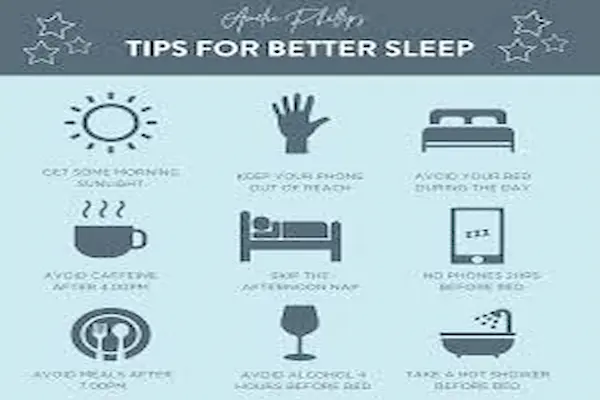

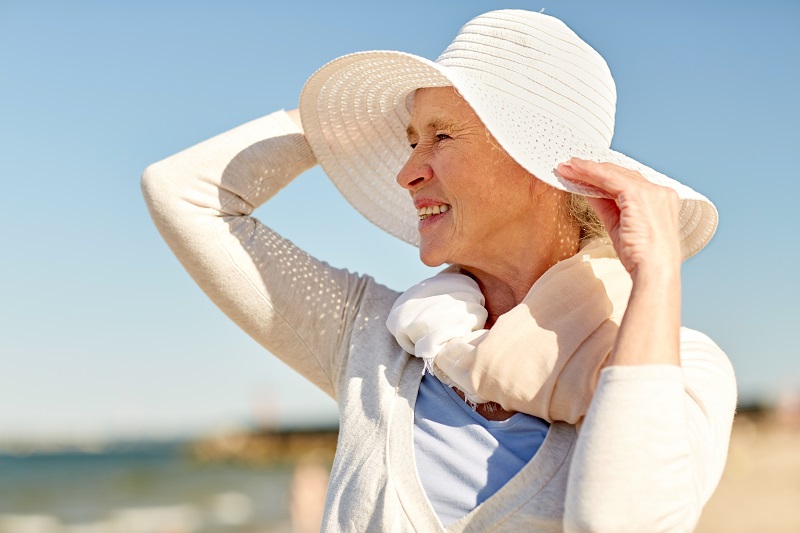

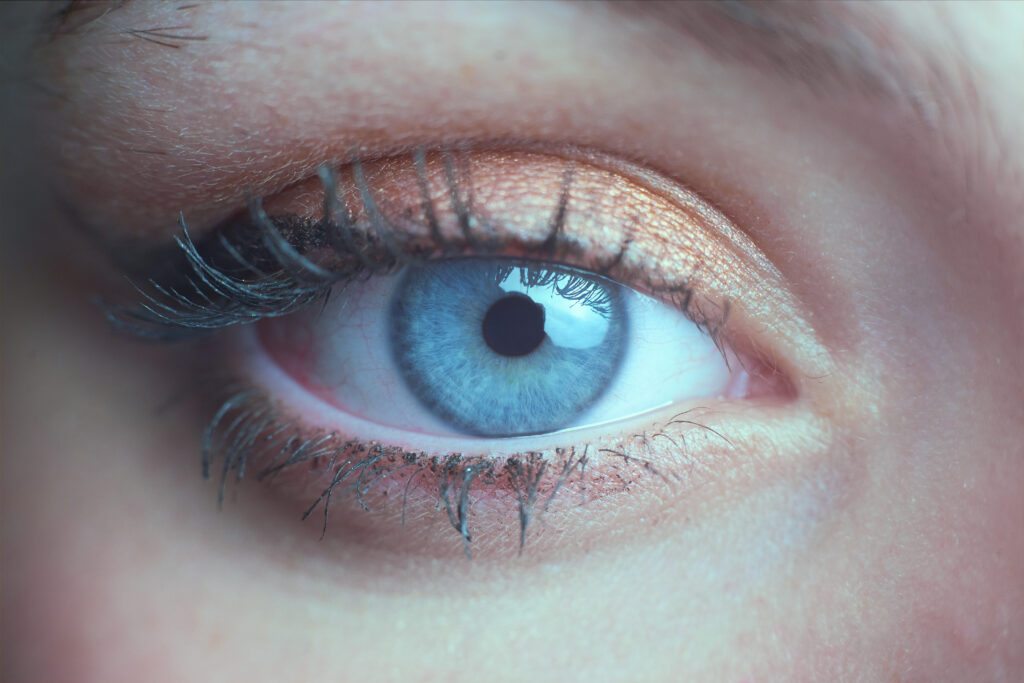



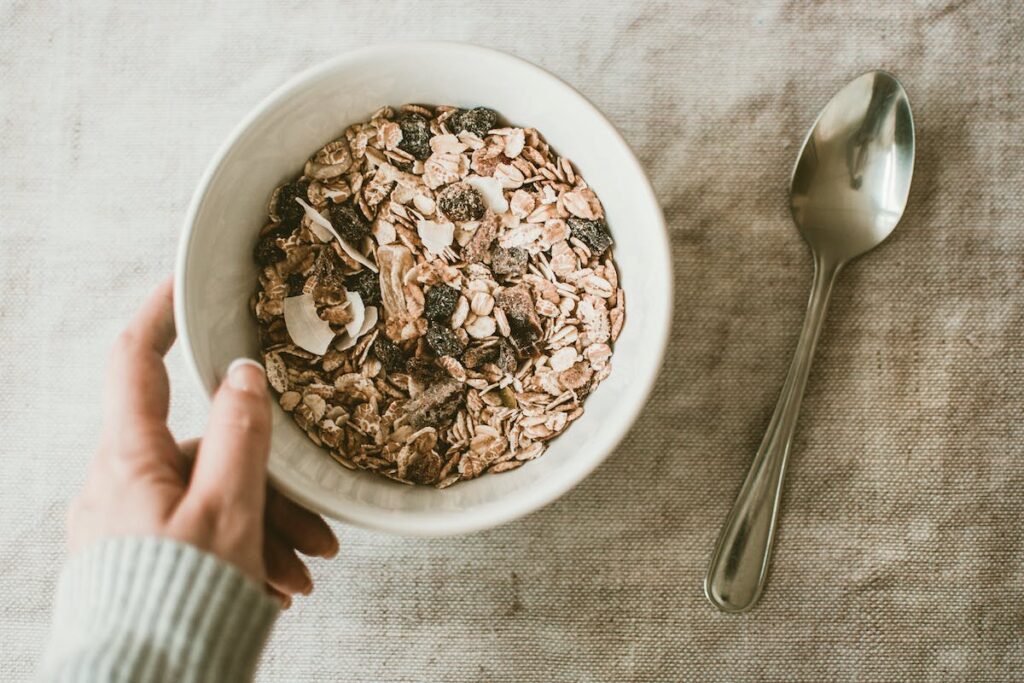


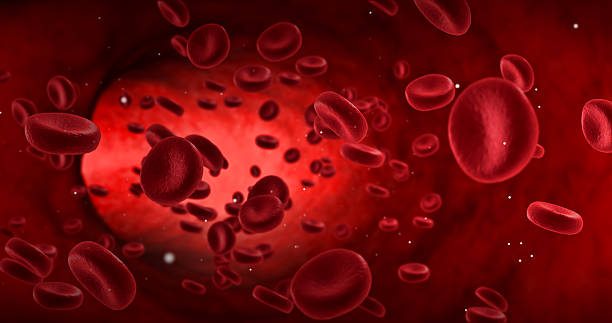

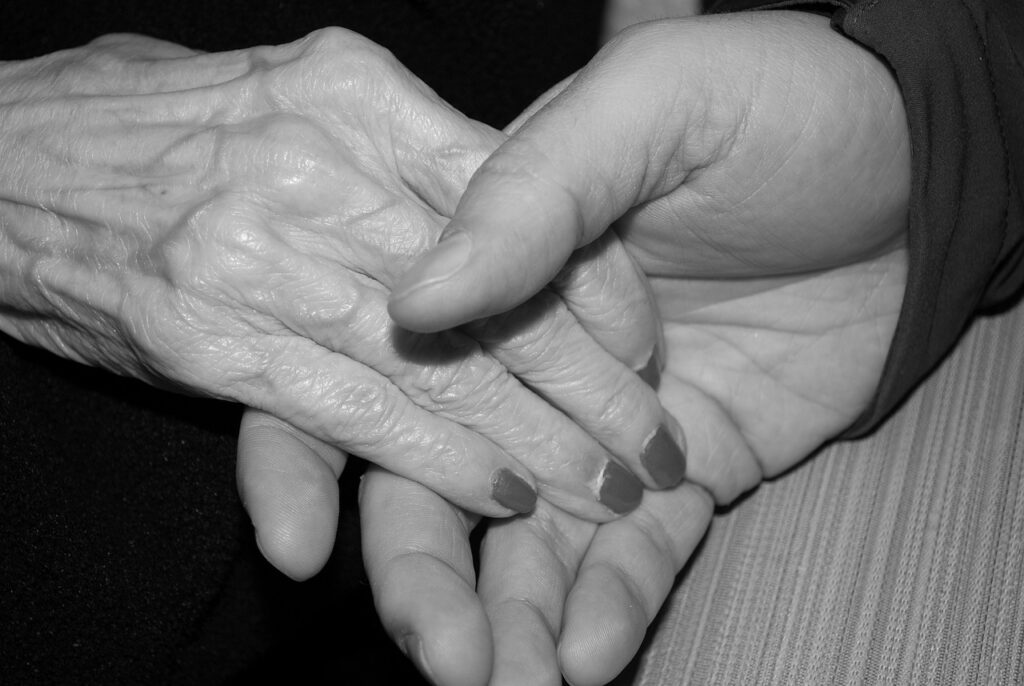
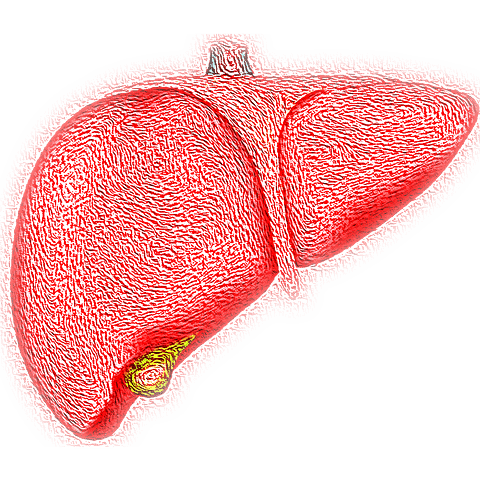

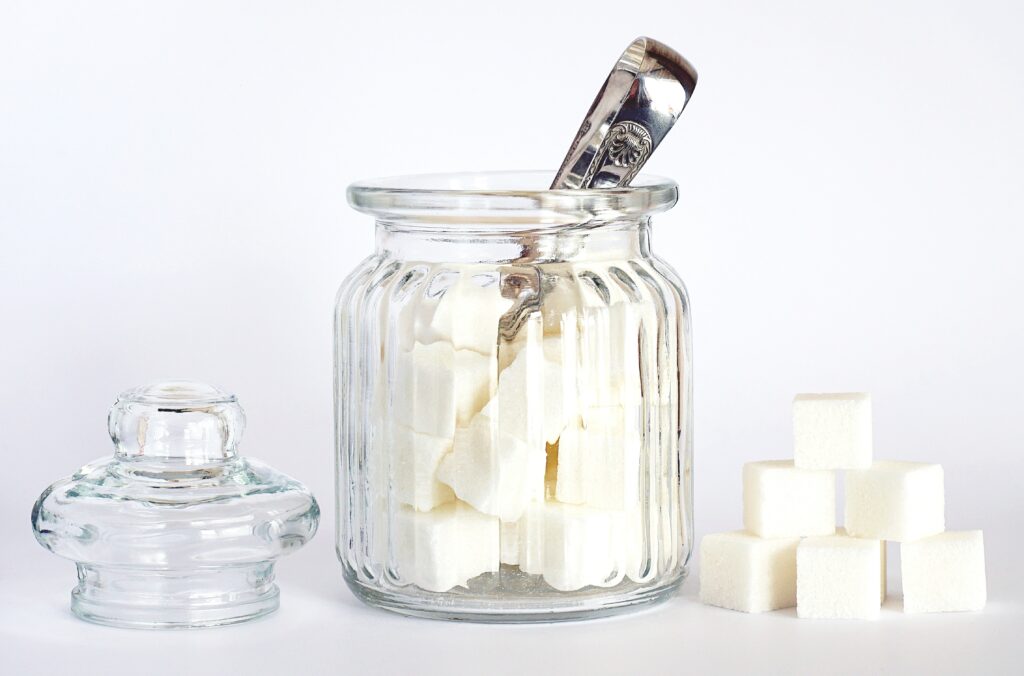









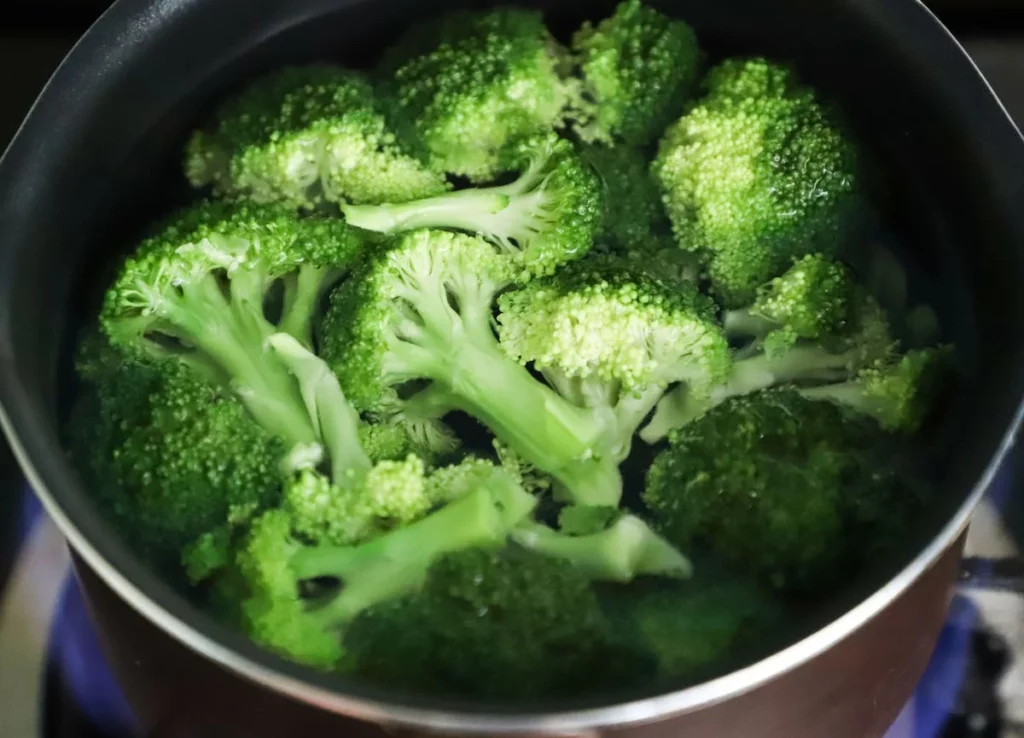
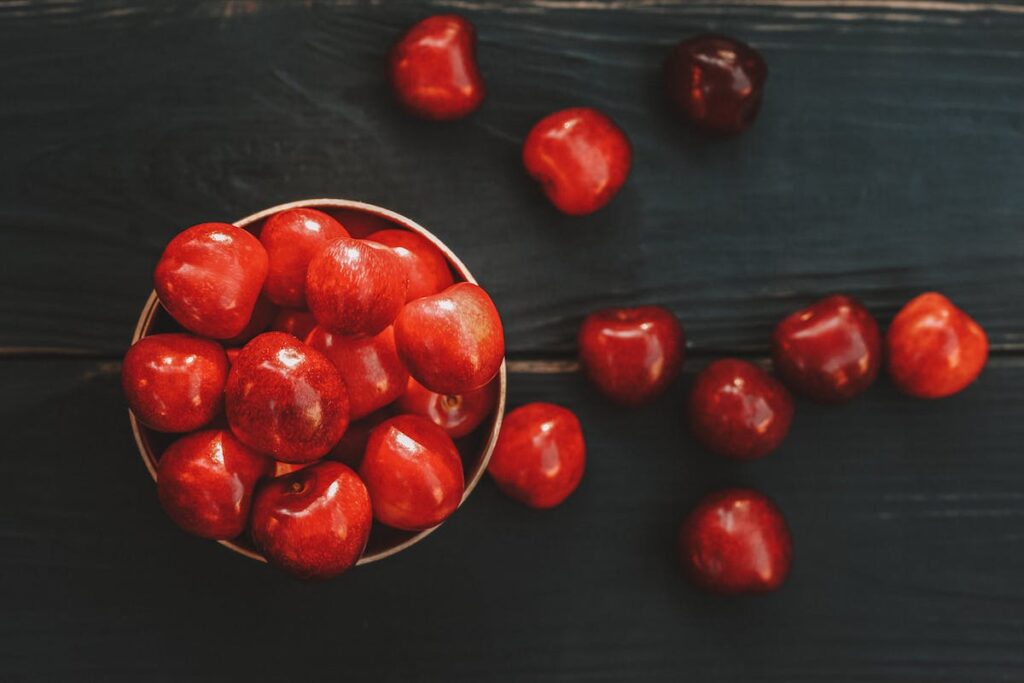
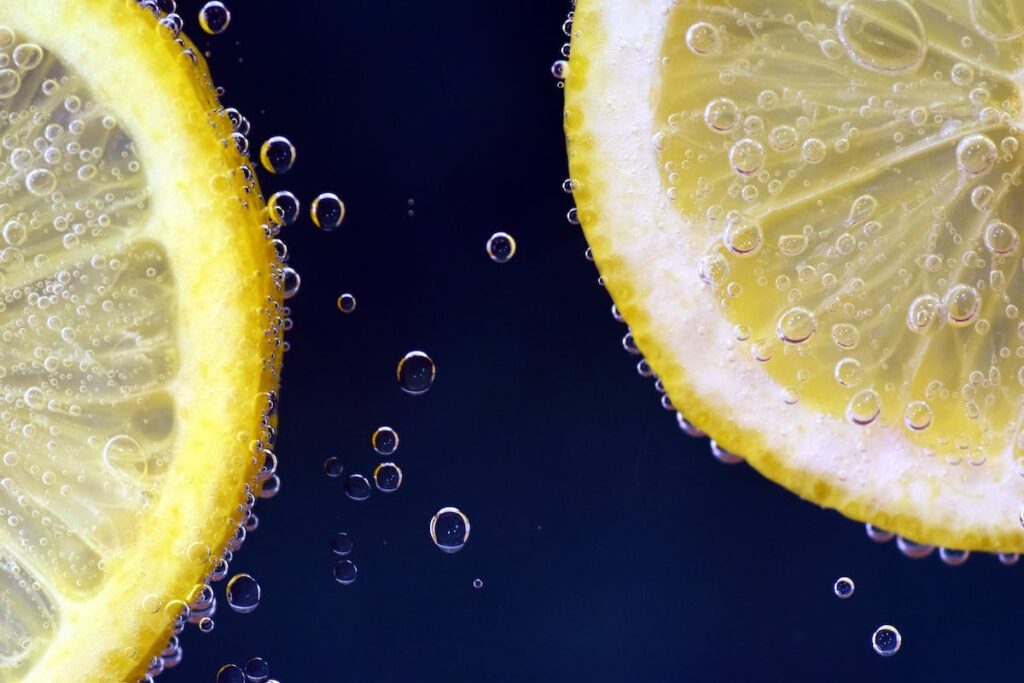
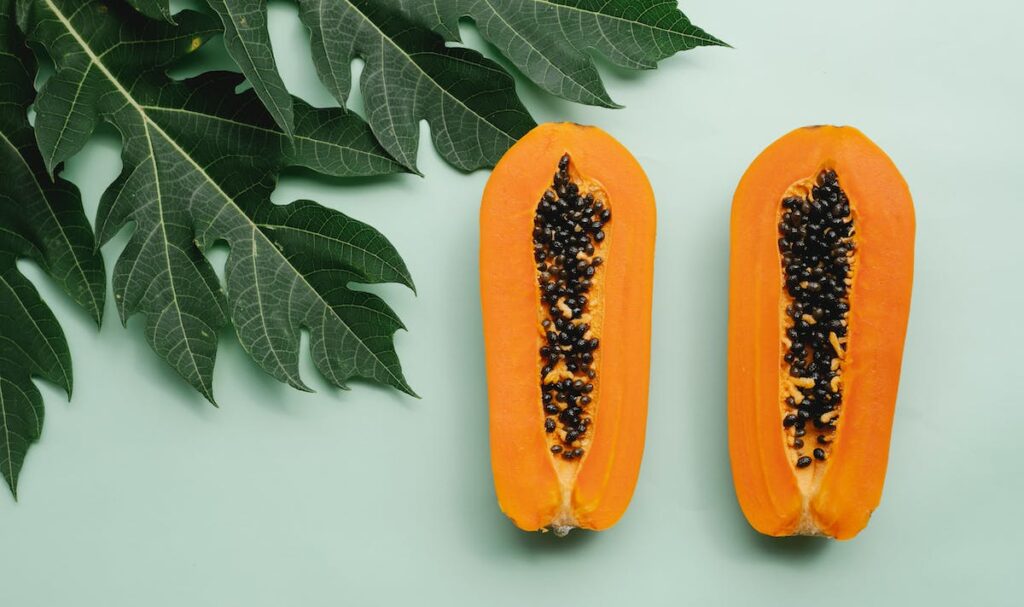
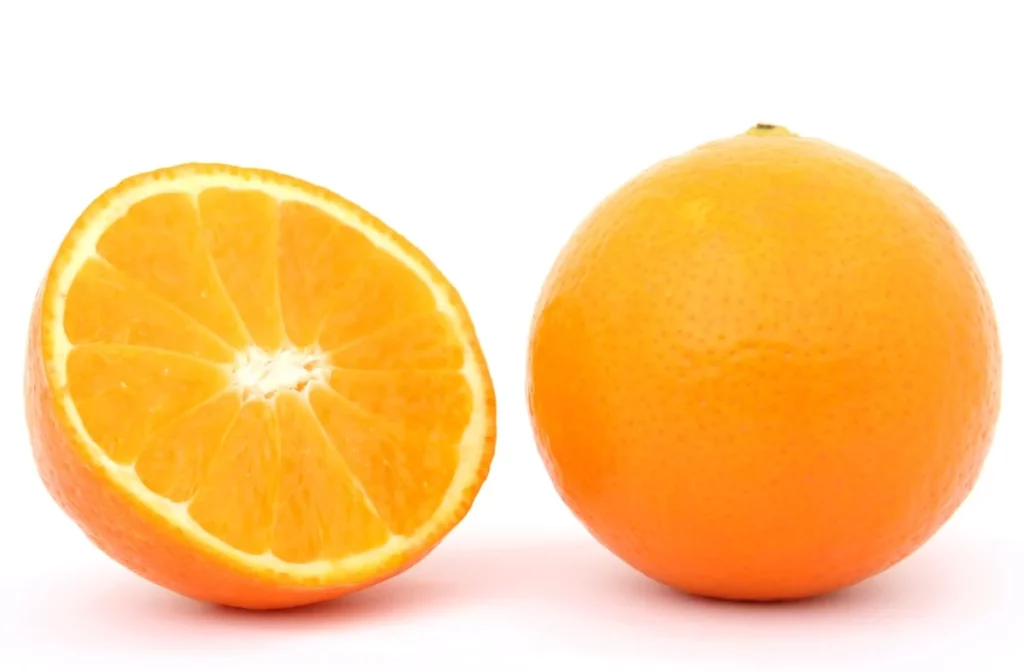


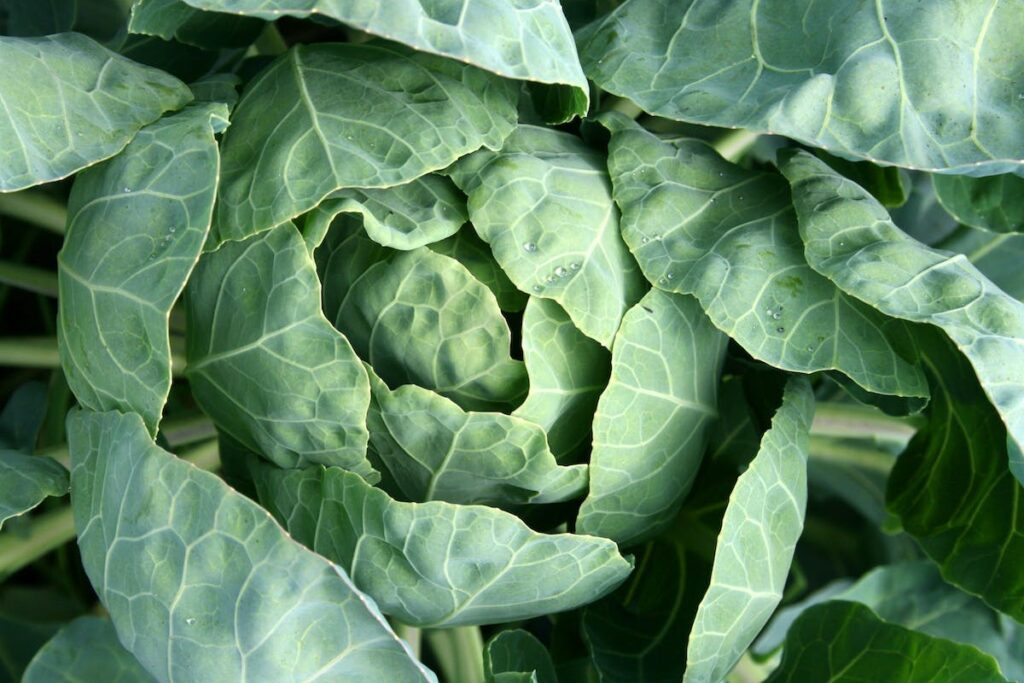

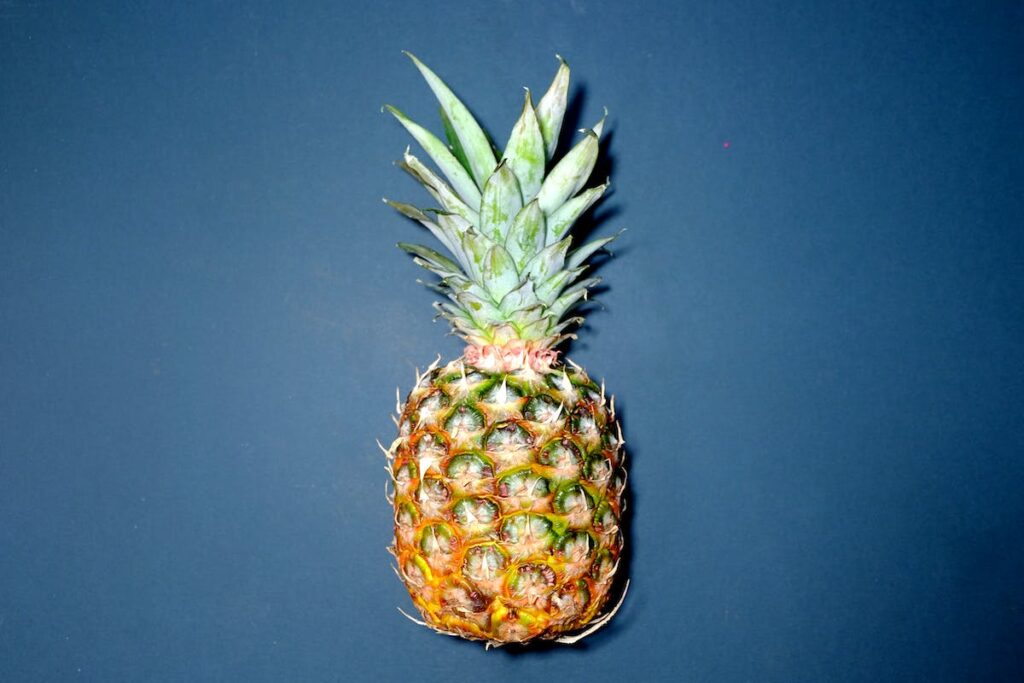



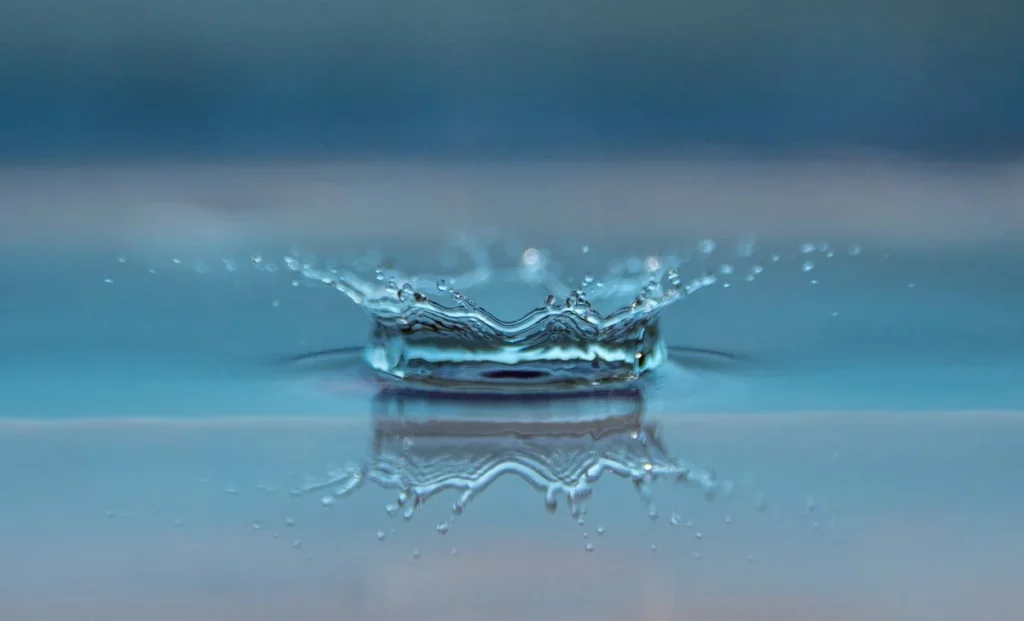
 Water is the source of life and has several advantages, including regulating practically every bodily function. It hinders nutritional digestion, absorption, and transport; removes pollutants; speeds up bodily excretion; aids in weight reduction; and treats stretch marks, cellulite, and acne.
Water is the source of life and has several advantages, including regulating practically every bodily function. It hinders nutritional digestion, absorption, and transport; removes pollutants; speeds up bodily excretion; aids in weight reduction; and treats stretch marks, cellulite, and acne.